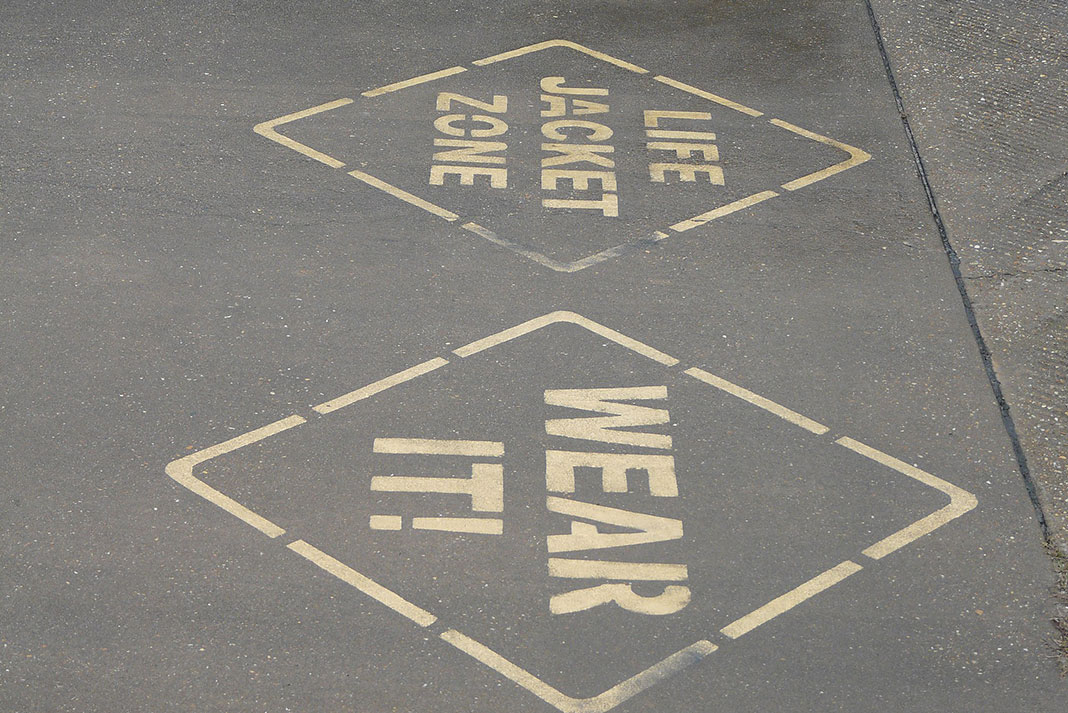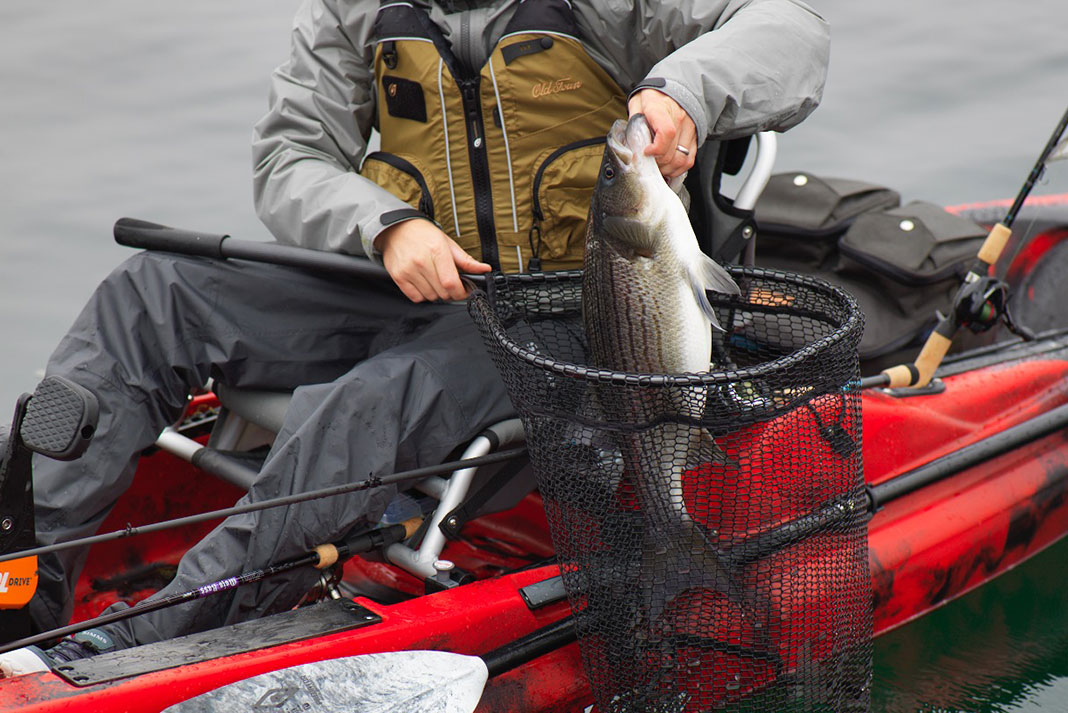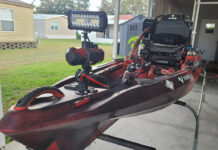Many boaters enjoy spending a bright and sunny day on the water in the winter and early spring. What looks like a perfect day can quickly become hazardous if you end up in frigid waters, so it’s important to understand the extra precautions to take during the off-season. Follow these tips to stay safe when you go kayak fishing in winter and early spring.
7 Tips for Safe Fishing in Winter and Spring
When 51-year-old John Stravalle of Newburgh, NY headed out to go fishing on an early evening in January in Lackawaxen, PA, he never thought he’d find himself fighting for his life in 33-degree water. After attempting to retrieve his anchor he fell overboard from his canoe, and began the difficult task of swimming to shore in the frigid Delaware River. Once on shore, he was helped by a local homeowner.

Thankfully, before Stravalle launched his canoe that day, he read a sign on the access bulletin board that stated: Mandatory Wear of the Life Jacket Nov. 1st – April 30th. He was wearing his life jacket. “This sign saved my life,” said Stravalle.
This is just one of the many types of incidences the National Safe Boating Council learns about during the winter or early spring involving a boater, hunter, paddler or angler. Often the individual involved in the accident sets out on their trip alone, and neglects to wear a life jacket or file a float plan with the details of their trip.
Act Fast on Cold Water Immersion
A person who falls into the water experiences increased danger with water temperature that is below normal body temperature (98.6° F). As mentioned in the Cold Water Boot Camp USA series, you have one minute to adjust to the cold shock of being in the water, ten minutes of meaningful movement to get help and get out of the water, and one hour before he/she becomes unconscious from hypothermia.
The North American Safe Boating Campaign, known as Wear It!, shares wearing a life jacket is the simplest life-saving strategy for safe boating. Whether you’re boating, hunting, paddling or angling, taking a few extra minutes to make sure everyone on board is wearing a life jacket can make a difference in keeping you and your loved ones safe in the event of an emergency. Accidents are unexpected and happen very quickly.
Here are some tips to keep in mind before you go cold weather boating this winter and early spring.
5 Things to Do for Winter Kayak Fishing
1 Do Wear a Proper PFD
Make sure everyone is wearing a life jacket. Even experienced swimmers can experience shock within one minute in the frigid water and may lose muscle control within ten minutes.
2 Do File a Float Plan
Always file a float plan with someone you trust that includes details about the trip, boat, passengers, towing or trailer vehicle, communication equipment, and emergency contacts. Download a free float plan template at floatplancentral.org.

3 Do Dress for Immersion
Dress properly for the weather, always wearing layers, and bring an extra set of clothes in case you get wet. Remember, dress for the water temperature, not the air temperature.
4 Do Remain Calm, Catch Your Breath
A sudden unexpected fall into cold water causes an involuntary gasp (or torso) reflex. It takes less than a ½-cup of water in your lungs to drown. If you remain calm, you have a greater chance of self-rescue.
5 Do Stay Afloat
Look for ways to increase your buoyancy. If you’re in the water with others, huddle together with everyone facing inwards to help everyone stay afloat and keep warm.
2 Things to Avoid for Winter Kayak Fishing
1 Don’t Panic
Don’t panic if you fall into the water. Stay afloat with the help of your life jacket, regain control of your breathing, and keep your head above water in vision of rescuers. Stay with the boat if possible.
2 Don’t Heat Extremities
Avoid applying heat to extremities like arms and legs of a rescued victim. This sudden change in temperature may cause cardiac arrest.
Always Wear Your Life Jacket
Recreational water activities during the winter and early spring are a lot of fun, but always remember safety first. And, like John Stravalle, you never know when wearing your life jacket will save your life. Always Wear It!
For safe winter and spring kayak fishing, dress for the water temperature, not the air temperature. | Feature photo: Courtesy of Old Town Canoes & Kayaks







